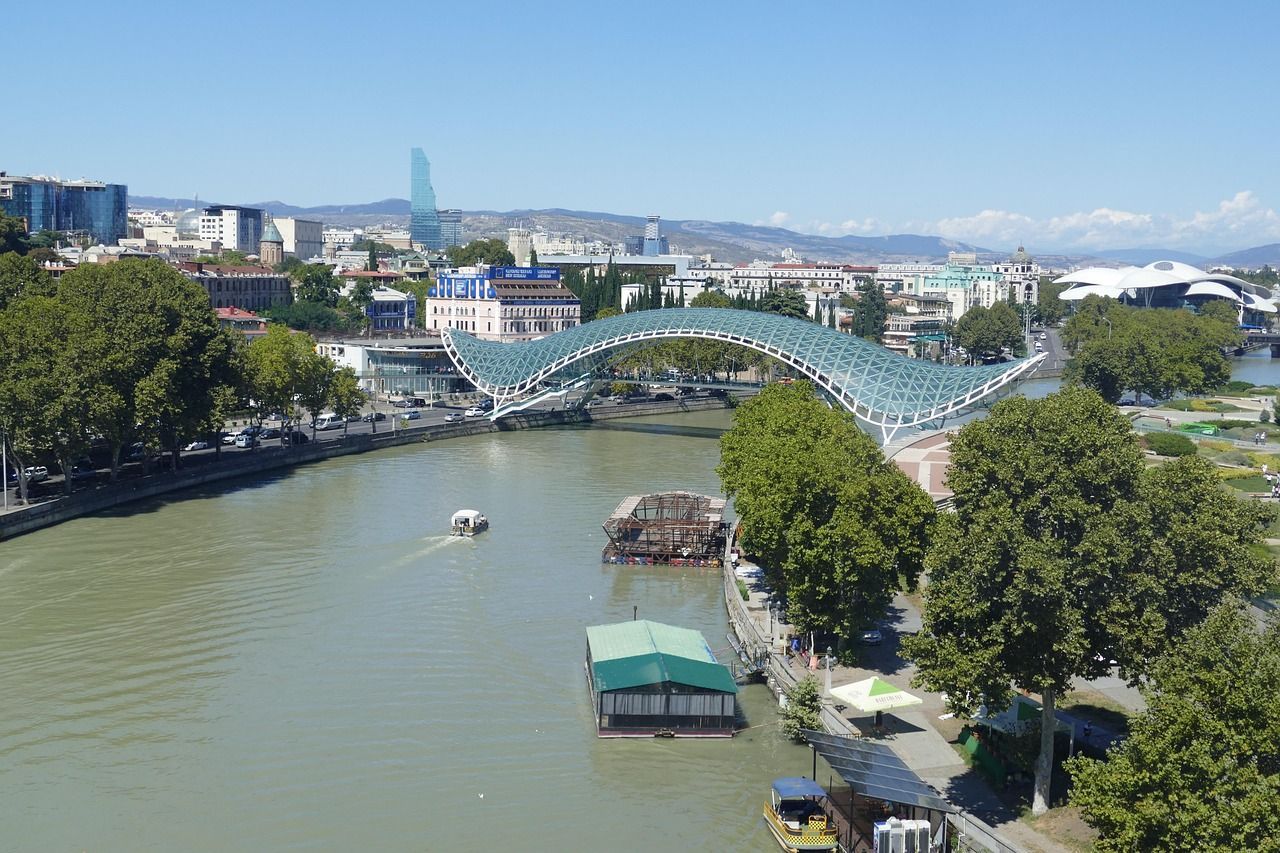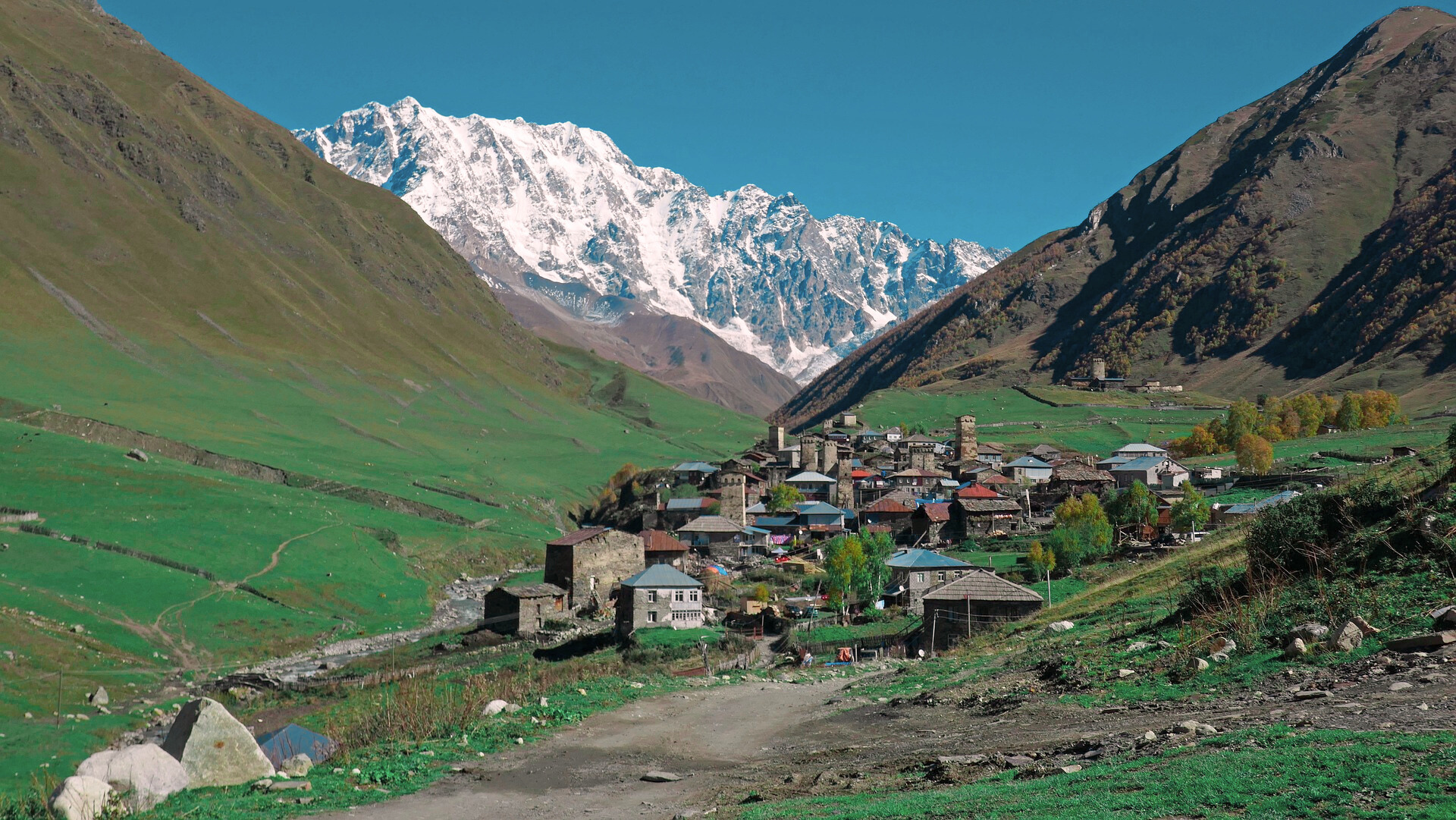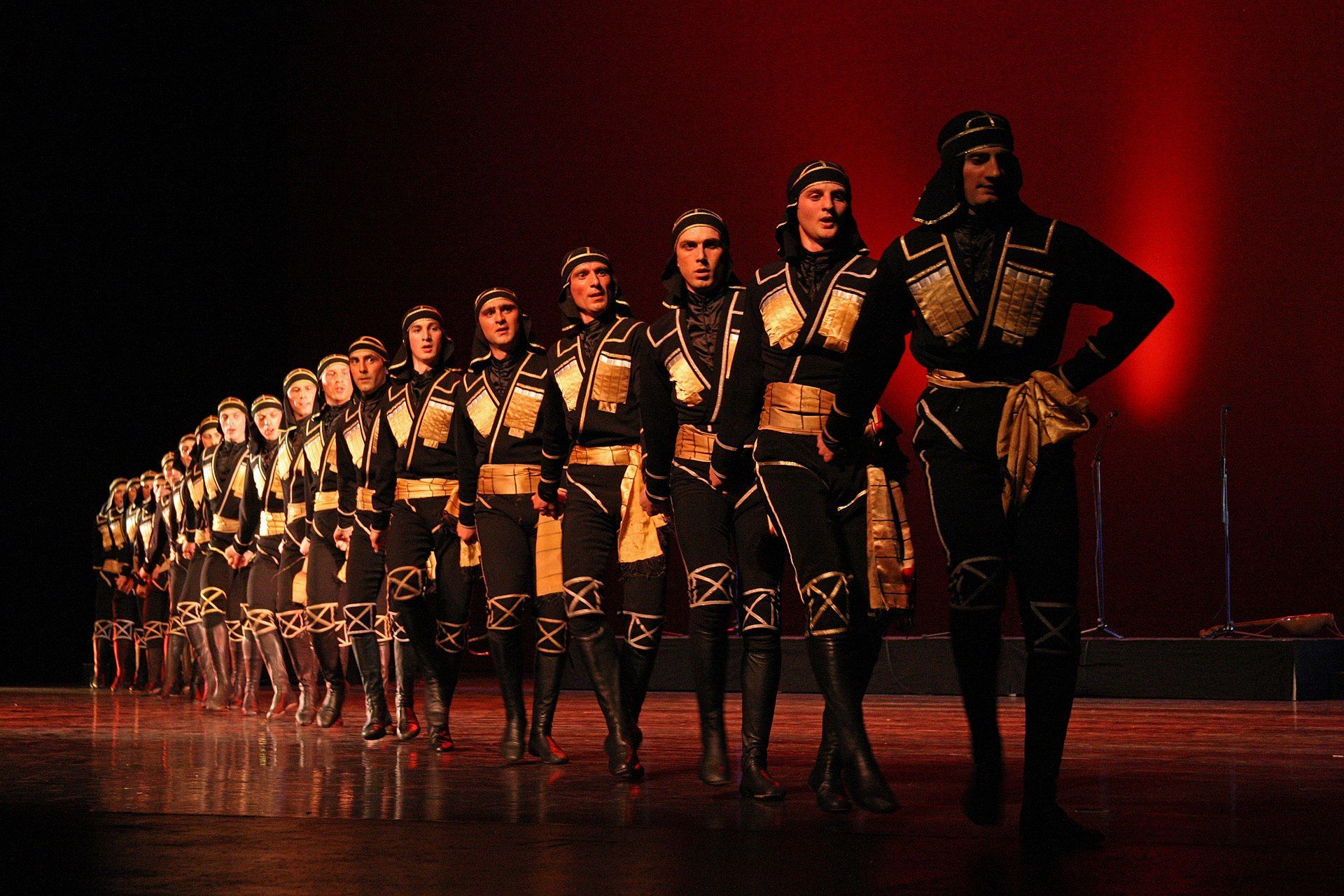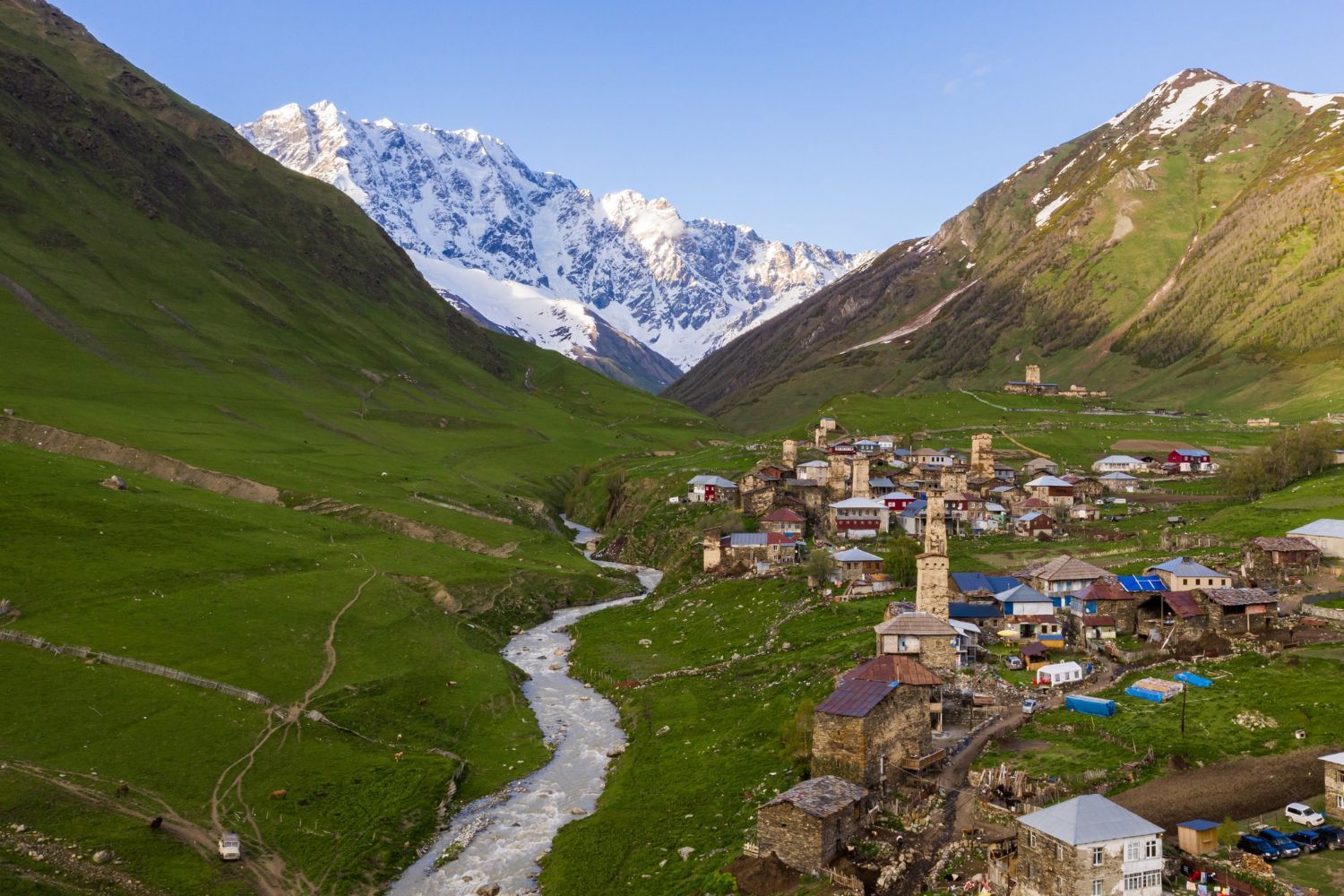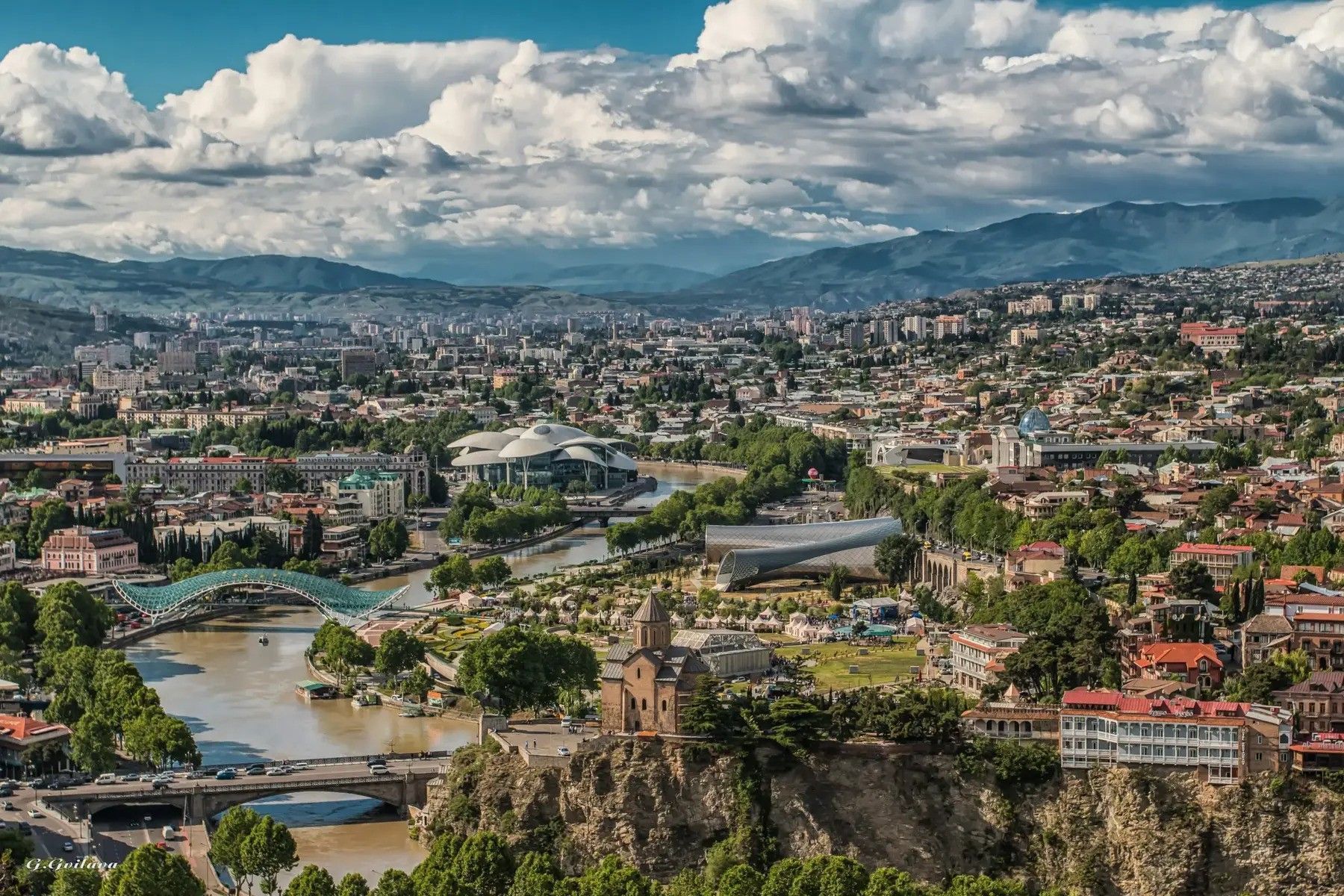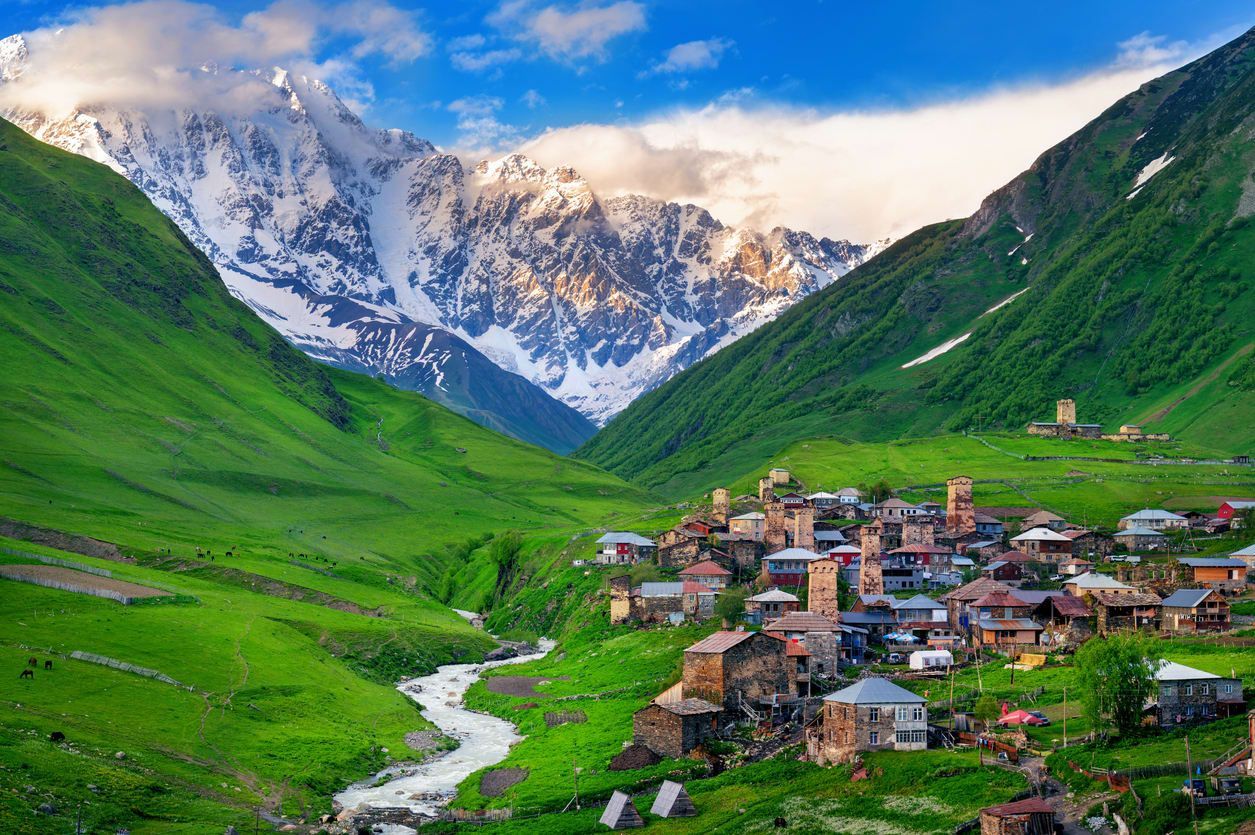What Is the Best Time to Visit Georgia and Armenia
The best time to visit Georgia and Armenia depends on your interests. Deciding the best time to visit largely depends on your interests—be it skiing in the mountains, hiking lush trails, exploring ancient monasteries, or savoring delicious local cuisine.
Select Georgia Tours provides personalized travel experiences across Georgia and Armenia, meticulously planning every detail to meet our customers' needs.
Seasons Overview
You will find many questions, such as “What is the best time to visit Georgia and Armenia?” or “When is the best time to visit Georgia and Armenia?
At Select Georgia Tours, we believe that any time is the perfect time to explore the beauty of Armenia and Georgia. Let’s start from the spring.
Spring (March to May)
Spring in Georgia and Armenia is a time of renewal and beauty. The snow melts away, giving rise to lush green landscapes and blooming flowers. This season is ideal for travelers who enjoy mild weather and vibrant scenery to explore Tbilisi and Yerevan.
Highlights in Georgia:
Tbilisi, the vibrant capital of Georgia, is a city where history, culture, and modernity seamlessly blend. From its cobblestone streets and ancient fortresses to its contemporary art scene and buzzing nightlife, Tbilisi offers a unique charm. Here are the top attractions to explore in Tbilisi:
1. The Old Town of Tbilisi
It is a maze of narrow, winding streets filled with colorful wooden houses, intricate balconies, and charming courtyards. It’s a perfect place to soak in the city’s historic charm.
2. Narikala Fortress
Why Visit:
Perched on a hill overlooking the city, Narikala Fortress dates back to the 4th century. It offers stunning panoramic views of Tbilisi and the Mtkvari River.
Don’t Miss:
The iconic Mother of Georgia statue nearby, symbolizing the city’s hospitality and strength.
3. Sameba Cathedral (Holy Trinity Cathedral)
Overview:
This massive cathedral, one of the largest in the world, dominates Tbilisi’s skyline. Completed in 2004, it’s a modern symbol of Georgia’s deep-rooted Orthodox faith.
Features:
Intricate frescoes, golden domes, and beautiful gardens make it a must-visit.
4. Tbilisi Funicular and Mtatsminda Park
Why Visit:
The Tbilisi Funicular takes you to Mtatsminda Park, a family-friendly amusement park located on Mount Mtatsminda.
Things to Do:
● Enjoy breathtaking views of the city from the observation deck.
● Explore the park’s rides, cafes, and picnic spots.
5. Rustaveli Avenue
What to Expect:
Tbilisi’s main thoroughfare is a blend of history and modernity, lined with theaters, museums, shops, and government buildings.
Notable Landmarks:
Georgian National Museum: Explore ancient artifacts, including the famous "Golden Treasure."
● Tbilisi Opera and Ballet Theatre: A stunning 19th-century building hosting world-class performances.
● Freedom Square: A historic square with the golden statue of St. George at its center.
6. Rike Park and the Bridge of Peace
Rike Park:
A modern green space perfect for a leisurely stroll or a boat ride on the Mtkvari River. The park also hosts open-air concerts and cultural events.
Bridge of Peace:
A futuristic glass-and-steel pedestrian bridge connecting the park to the Old Town, offering stunning views, especially at night when it’s illuminated.
7. Chronicles of Georgia
What It Is:
A monumental and lesser-known attraction, this massive stone structure depicts Georgian history and religious themes.
Highlights:
Stunning views of Tbilisi Sea and intricate carvings showcasing Georgia’s rich cultural heritage.
8. Sulfur Baths
Location:
Found in the historic Abanotubani district.
Why Visit:
These traditional bathhouses, fed by natural sulfur springs, are renowned for their healing properties. Popular options include the Orbeliani Baths, recognizable by their stunning blue mosaic facade.
Tip:
Opt for a private bathhouse experience for a more relaxing soak.
9. Wine Tasting in Tbilisi
Georgia is the birthplace of wine, with over 8,000 years of winemaking tradition. Tbilisi offers numerous wine bars and cellars to sample this heritage.
10. Georgian Cuisine
No trip to Tbilisi is complete without indulging in local delicacies.
Must-Try Dishes:
● Khinkali: Juicy dumplings filled with meat or cheese.
● Khachapuri: Cheese-filled bread, with the Adjarian version topped with a runny egg.
● Lobio: Bean stew served with cornbread.
Highlights in Armenia:
Now, let’s discuss the capital of Armenia. As part of the tour organized by Select Georgia Tours, you will have the chance to explore the city and learn more about the local culture.
Yerevan, the capital city of Armenia, is one of the oldest continuously inhabited cities in the world, with a history spanning over 2,800 years. Known as the "Pink City" for its buildings made of rosy tuff stone, Yerevan offers a fascinating mix of ancient culture, Soviet-era architecture, and a vibrant modern vibe. Here's a guide to the must-see attractions in Yerevan.
1. Republic Square
Why Visit:
The heart of Yerevan, Republic Square, is a magnificent space surrounded by government buildings, museums, and luxury hotels, all showcasing traditional Armenian architecture.
Highlights:
● Dancing Fountains: Evening fountain shows with music and lights.
● National Gallery of Armenia: A treasure trove of Armenian and international art.
● History Museum of Armenia: Explore exhibits tracing Armenia’s ancient history and cultural heritage.
2. The Cascade Complex
What It Is:
A massive limestone staircase that connects the city center with higher neighborhoods, offering stunning views of Yerevan and Mount Ararat.
Features:
● Outdoor sculptures and contemporary art installations by Cafesjian Center for the Arts.
● Beautiful fountains and gardens along the terraces.
● Observation decks for panoramic views.
Tip:
If climbing stairs isn’t your thing, take the escalators inside the complex.
3. Vernissage Market
What It Is:
A bustling open-air market where you can find traditional Armenian handicrafts, souvenirs, and antiques.
What to Buy:
● Handmade carpets and rugs.
● Jewelry with Armenian motifs.
● Ceramics, paintings, and Soviet-era memorabilia.
Tip:
Bargaining is welcome, so don’t hesitate to negotiate for better prices.
4. Yerevan Brandy Factory
What It Is:
Armenia is famous for its brandy, and the Yerevan Brandy Factory is the best place to learn about its production and taste the finest varieties.
What to Do:
● Take a guided tour of the factory.
● Sample iconic brandies like Ararat and learn about their history.
Tip:
Book tours in advance, especially during the tourist season.
5. Erebuni Fortress
What It Is:
The ancient citadel of Erebuni, founded in 782 BC, predates Rome and marks the origins of Yerevan.
Highlights:
● Ruins of the fortress and ancient Urartian inscriptions.
● Erebuni Museum, showcasing artifacts from the Urartian civilization.
Tip:
Visit during sunset for breathtaking views of the Ararat Plain.
6. Blue Mosque
Why Visit:
A beautiful 18th-century Persian mosque that stands as a symbol of Armenia’s multicultural history.
Features:
● A serene courtyard with a central fountain.
● Intricate tilework in shades of blue and turquoise.
Tip:
It’s an active mosque, so dress modestly and visit outside prayer times.
7. Northern Avenue
What It Is:
A modern pedestrian street connecting Republic Square and the Opera House.
What to Do:
● Shop at luxury boutiques and brand-name stores.
● Enjoy coffee or a meal at chic cafes and restaurants.
● Admire contemporary architecture amidst the lively urban atmosphere.
8. Yerevan Opera House and Freedom Square
Overview:
A cultural hub of the city, the Opera House is an architectural marvel and hosts world-class performances.
Things to Do:
● Attend a ballet, opera, or classical music concert.
● Relax at Freedom Square, surrounded by fountains and open spaces.
9. Mother Armenia Statue
Why Visit:
A towering monument symbolizing the strength and resilience of Armenian women.
Features:
● A museum inside the base, focusing on Armenia’s military history.
● Panoramic views of Yerevan and Mount Ararat.
Summer (June to August)
Let’s get back to the question mentioned above: What is the best time to visit Georgia and Armenia?
Summer is the peak tourist season for both countries. The weather is warm, making it ideal for outdoor adventures, festivals, and exploring mountain regions.
Highlights in Georgia:
Our agency offers a wide variety of tours across the country. For example, we offer a tour of Svaneti. This remote mountainous region is perfect for trekking and exploring ancient watchtowers.
Let’s not forget about other places, such as Batumi and Tusheti.
Batumi: Located on the Black Sea coast, Batumi is a vibrant city with beaches, botanical gardens, and a buzzing nightlife.
Tusheti National Park: For those seeking off-the-beaten-path adventures, Tusheti offers pristine landscapes and rich cultural heritage.
Highlights in Armenia:
As stated earlier, Select Georgia Tours offers numerous tours across Georgia and Armenia.
For example, it is possible to visit Khor Virap Monastery. Situated against the backdrop of Mount Ararat, this iconic site is a must-visit.
Autumn (September to November)
Autumn is a magical time in Georgia and Armenia, with cooler temperatures and a stunning palette of fall colors. This season is particularly great for food and wine lovers.
Harvest Season in Kakheti: You can participate in Rtveli, the traditional grape harvest festival, and indulge in wine tasting.
Borjomi: Famous for its mineral water and surrounded by lush forests, Borjomi is breathtaking in fall.
Highlights in Armenia:
Yerevan’s Golden Season: Walk through the tree-lined streets of Yerevan, adorned with fall foliage.
Tatev Monastery: Ride the world’s longest reversible cable car to this stunning clifftop monastery.
Winter (December to February)
Winter is a quieter time to visit Georgia and Armenia, but it offers unique experiences for those who love snow and winter sports.
Gudauri Ski Resort: This popular ski destination offers skiing, snowboarding, and heli-skiing opportunities.
Bakuriani: Known as a family-friendly ski resort, Bakuriani also has hot springs nearby for relaxation.
Tbilisi in Winter: The city transforms into a festive wonderland, with Christmas markets and decorations.
Highlights in Armenia:
Christmas in Yerevan: Experience Armenian holiday traditions, including Christmas markets and local dishes like khash.
Winter Monasteries: Visit snow-covered monasteries like Haghartsin and Noravank for a serene experience.
Cultural and Historical Attractions
It is desirable to gather more information about the cultural and historical attractions. We can start with Georgia.
UNESCO World Heritage Sites: Explore the ancient city of Mtskheta, Gelati Monastery, and the cave city of Uplistsikhe.
Unique Architecture: Admire the blend of medieval and modern styles in Tbilisi.
Cuisine: Don’t miss Khinkali (dumplings), Khachapuri (cheese-filled bread), and local wines.
Armenia
Historical Landmarks: Discover Etchmiadzin Cathedral, the first Christian cathedral in the world, and the ancient Zvartnots ruins.
Cultural Heritage: Armenia is known for its Khachkars (stone crosses) and ancient manuscripts at the Matenadaran.
Cuisine: Savor dishes like lavash (flatbread), dolma, and Armenian barbecue.
Outdoor Adventures
Both countries are a haven for outdoor enthusiasts.
Hiking: From the rugged mountains of the Greater Caucasus in Georgia to Armenia’s volcanic peaks like Mount Aragats, hiking trails abound.
Lake Exploration: Lake Sevan in Armenia and Paravani Lake in Georgia offer tranquil settings for boating and fishing.
Adventure Sports: Rafting in Georgia’s Rioni River or paragliding in Armenia’s Tsaghkadzor are thrilling options.
To sum up, the best time to visit Georgia and Armenia varies based on your interests.Spring and autumn offer mild weather and vibrant scenery, summer is perfect for outdoor adventures, and winter brings opportunities for skiing and cozy cultural experiences.
Whether you’re drawn by ancient history, diverse landscapes, or delectable cuisine, these two countries promise an unforgettable journey. So pack your bags, and get ready to explore the enchanting South Caucasus with Select Georgia Tours.


